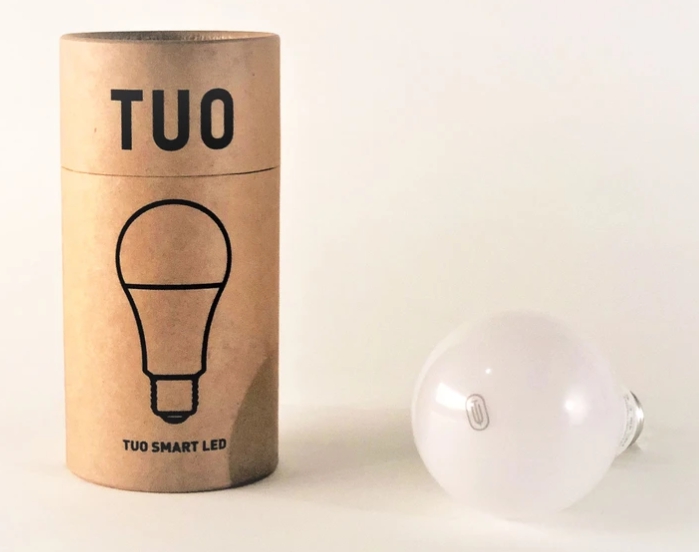Human centric lighting and circadian lighting applications have become popular as people are getting more aware of the effect of lighting on our physical and psychological condition. To further understand the connection between lighting and people’s wellbeing, a new study found a cell in the retina which create the effect of light on human.
Researchers at the University of Washington Health Sciences (UW Medicine) identifies a cell in the retina, which plays an important role in signaling our brain centers that regulate circadian rhythms, boost alertness, help memory and cognitive function, and elevate mood.
The study, titled “A color vision circuit for non-image-forming vision in the primate retina,” was published in Current Biology on February 20, 2020. By identifying the cell, known as an inhibitory interneuron or amacrine cell in the retina, which signals to photosensitive ganglion cells that affect our circadian brain centers. The researchers said these amacrine cells provide "the missing component of an evolutionary ancient color vision circuit capable of setting the circadian clock by encoding the spectral content of light."
While sunrise lights, blue lights and seasonal affective disorder (SAD) lights have all tried to capture benefits of natural light, they haven't been that effective because they are missing key science data, said corresponding author Jay Neitz, professor of ophthalmology at the UW School of Medicine. He said the science behind SAD lights, for example, is to make lights hundreds of times brighter than normal lights to stimulate melanopsin.

(Image: TUO)
The University of Washington has licensed technology based on this discovery to TUO, a lighting technology company that will be selling white LED lightbulbs that will incorporate undetectable sunrise and sunset wavelengths for commercial use.





 CN
TW
EN
CN
TW
EN






